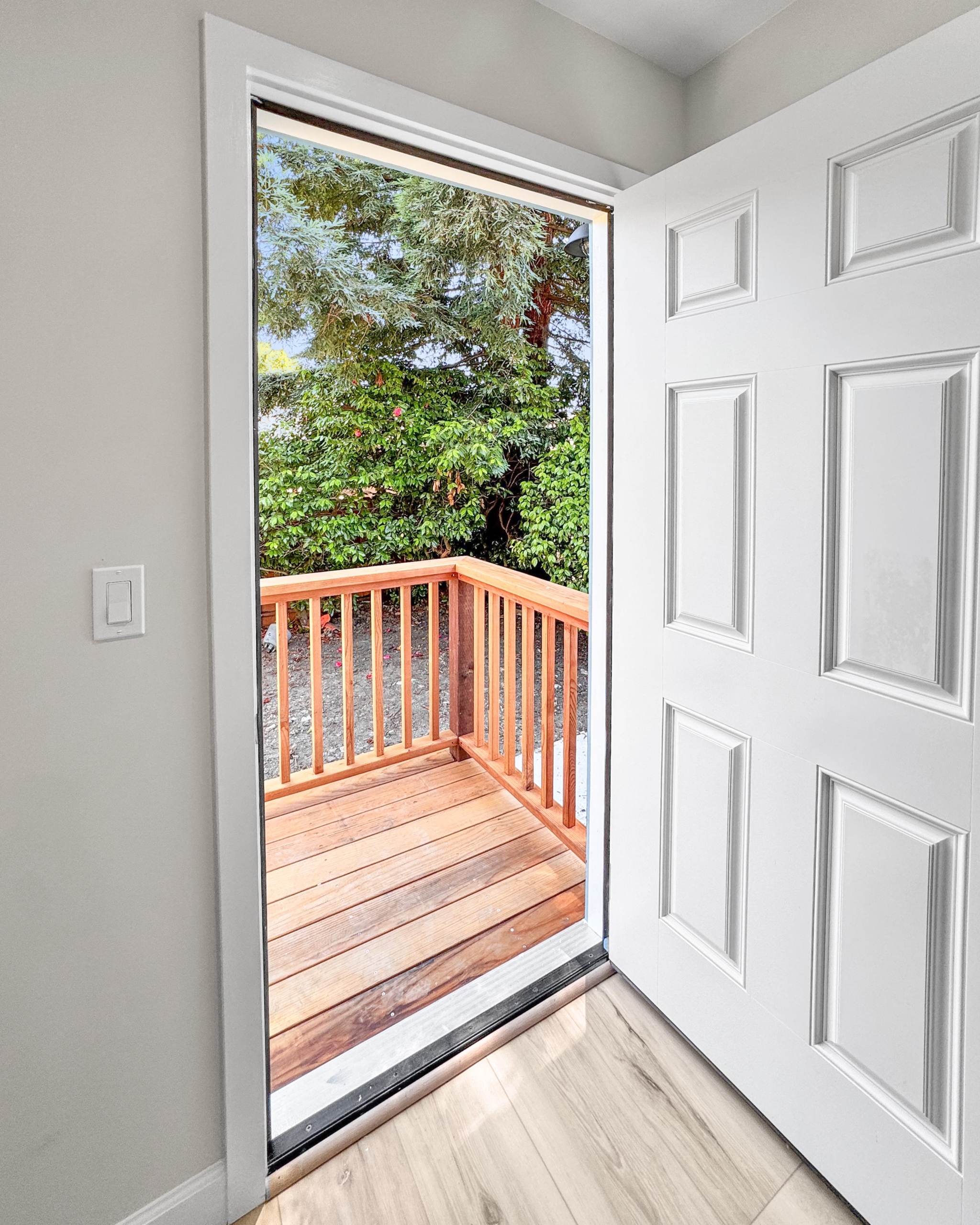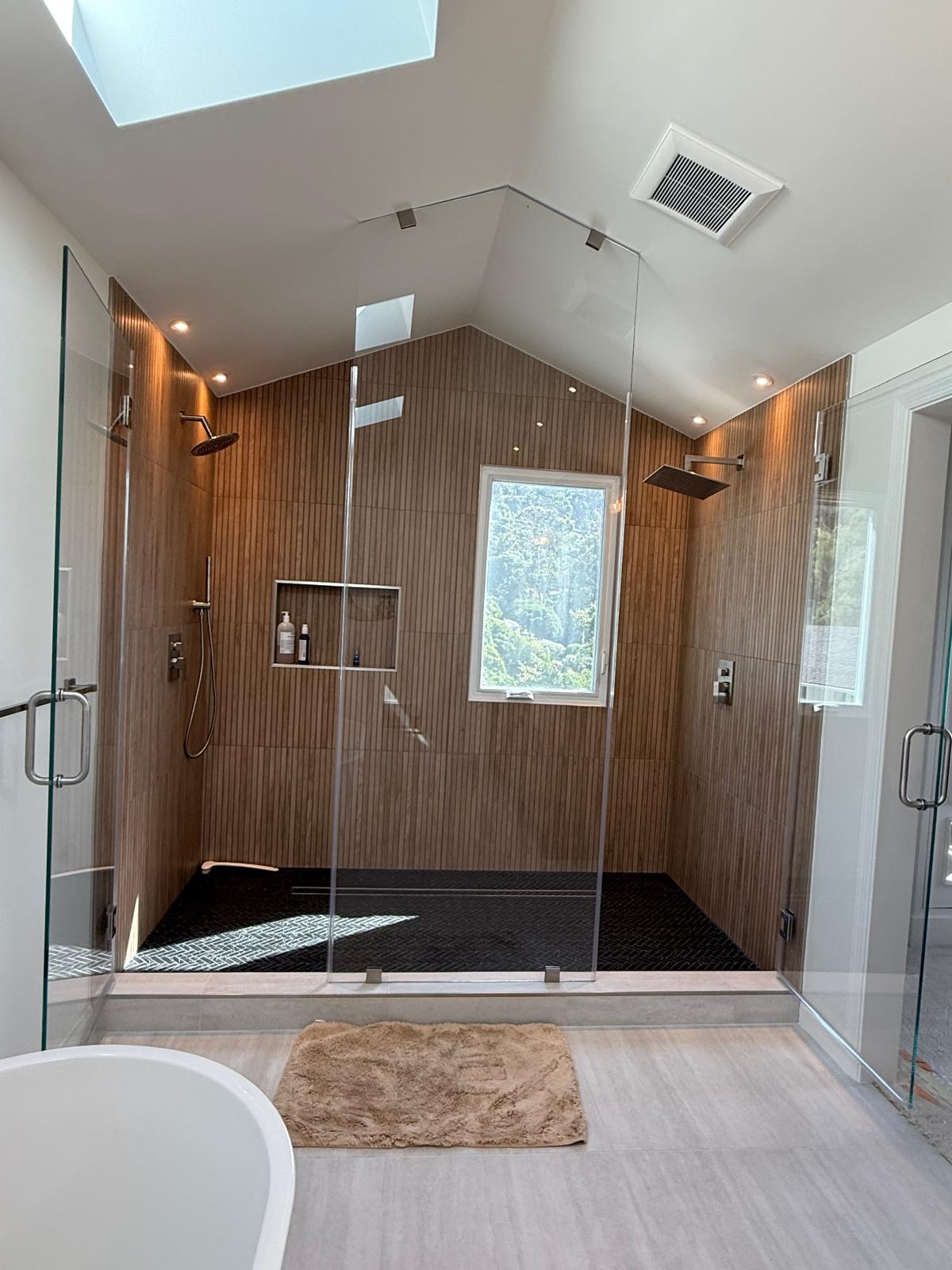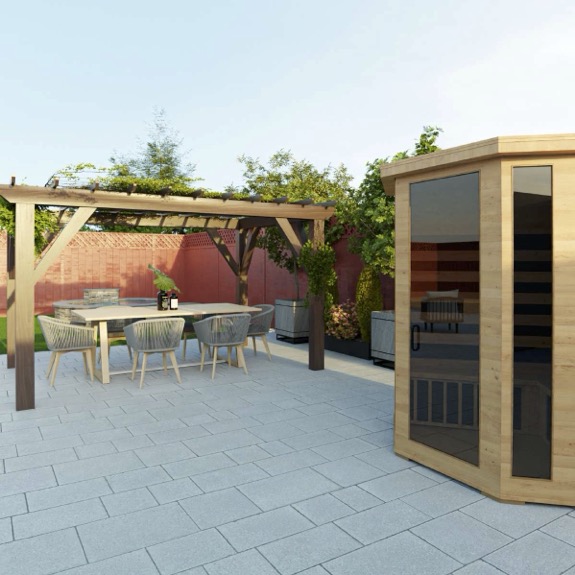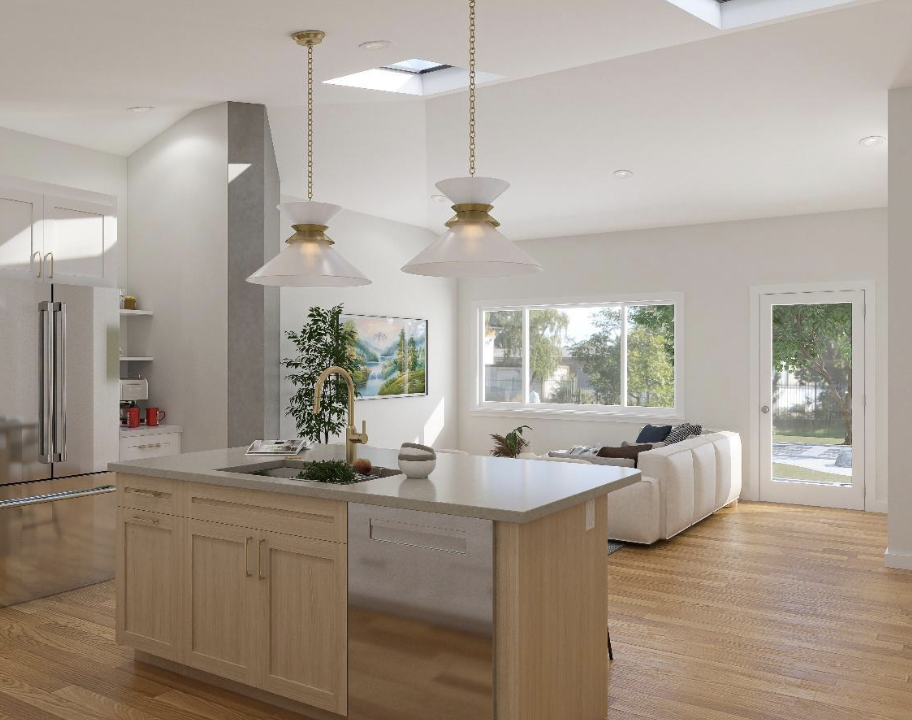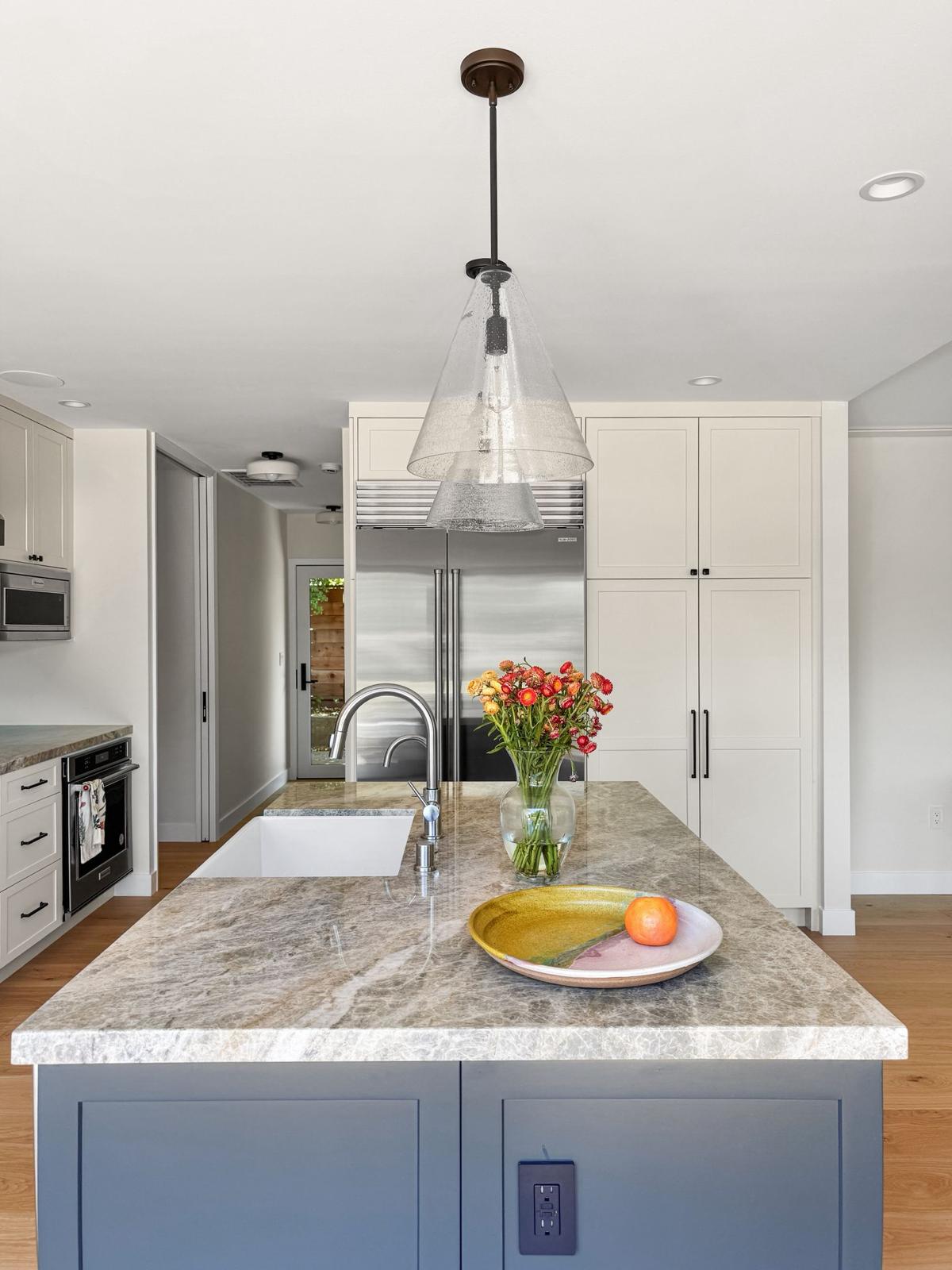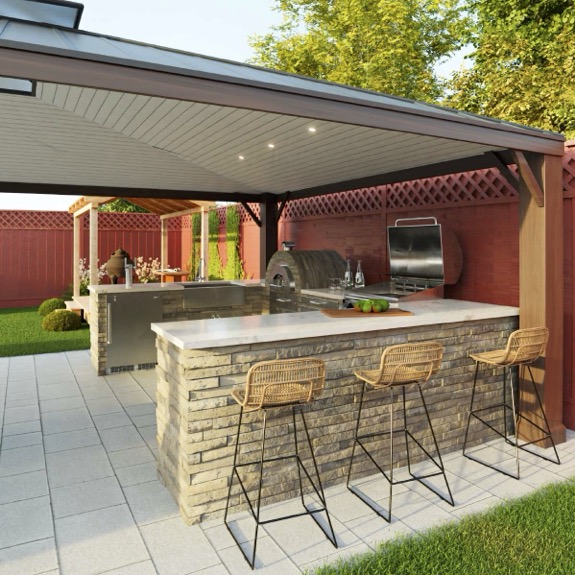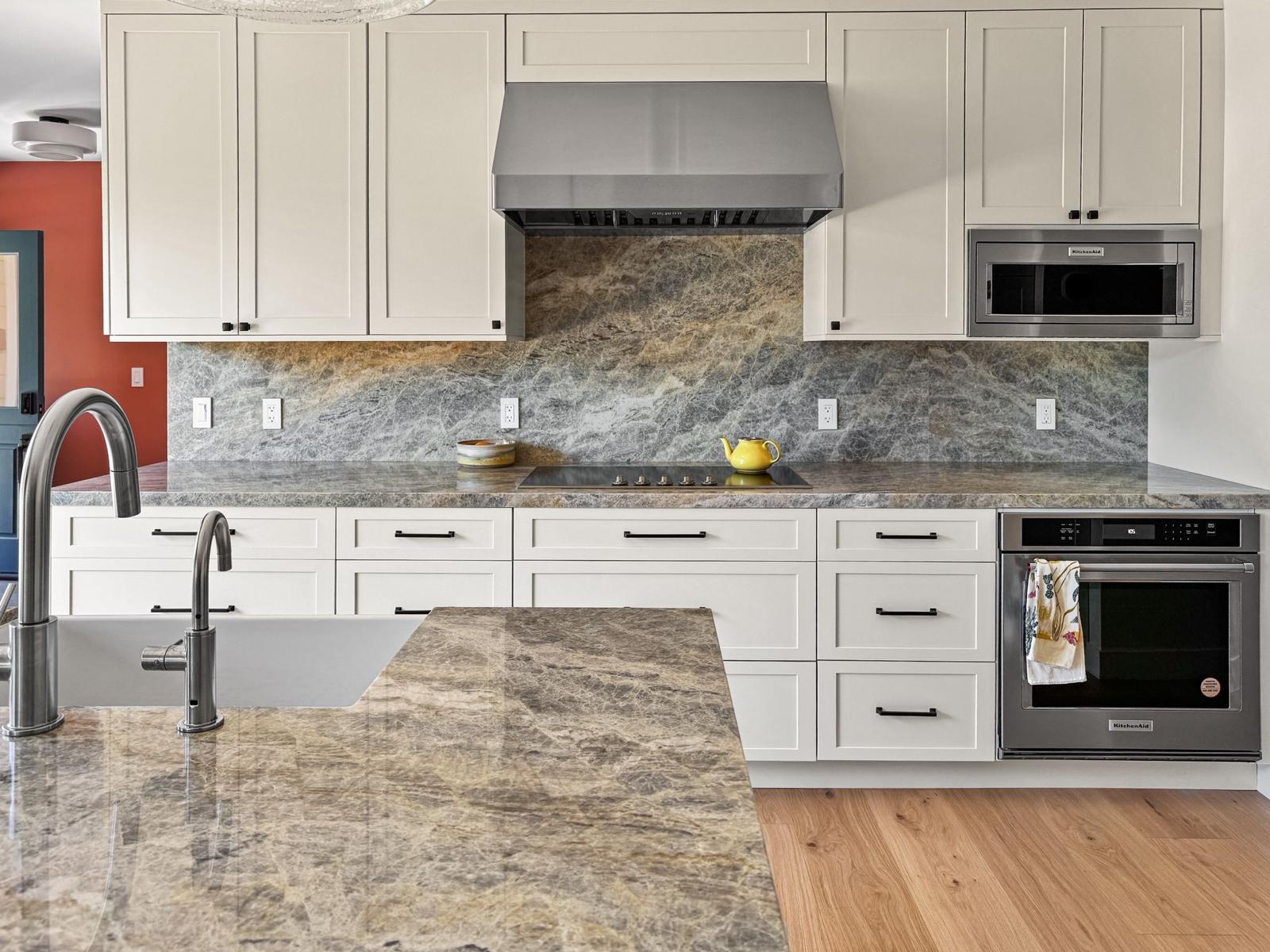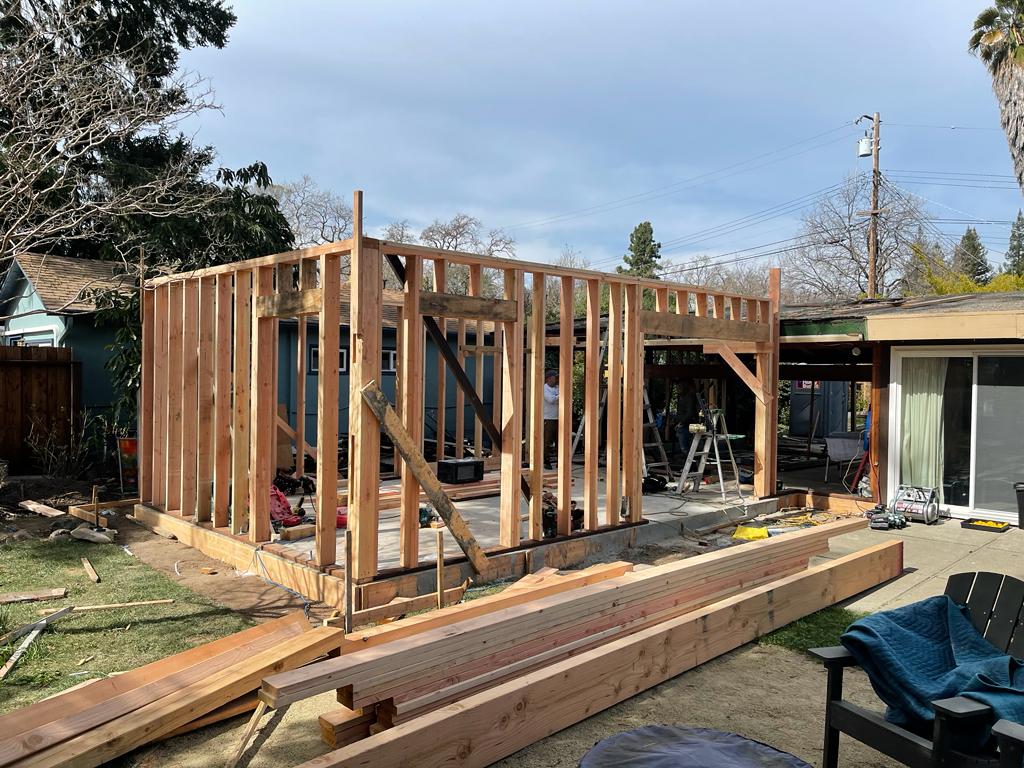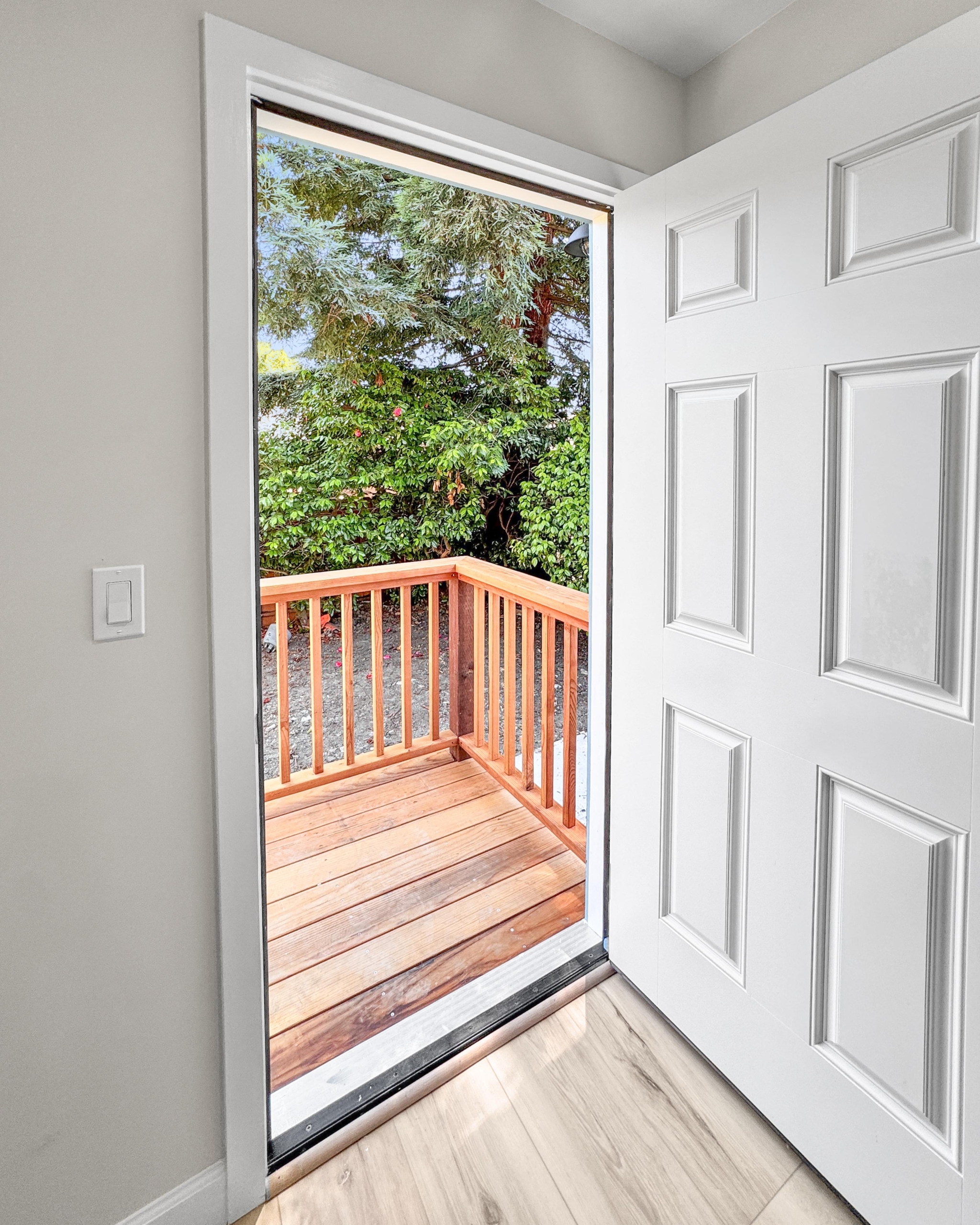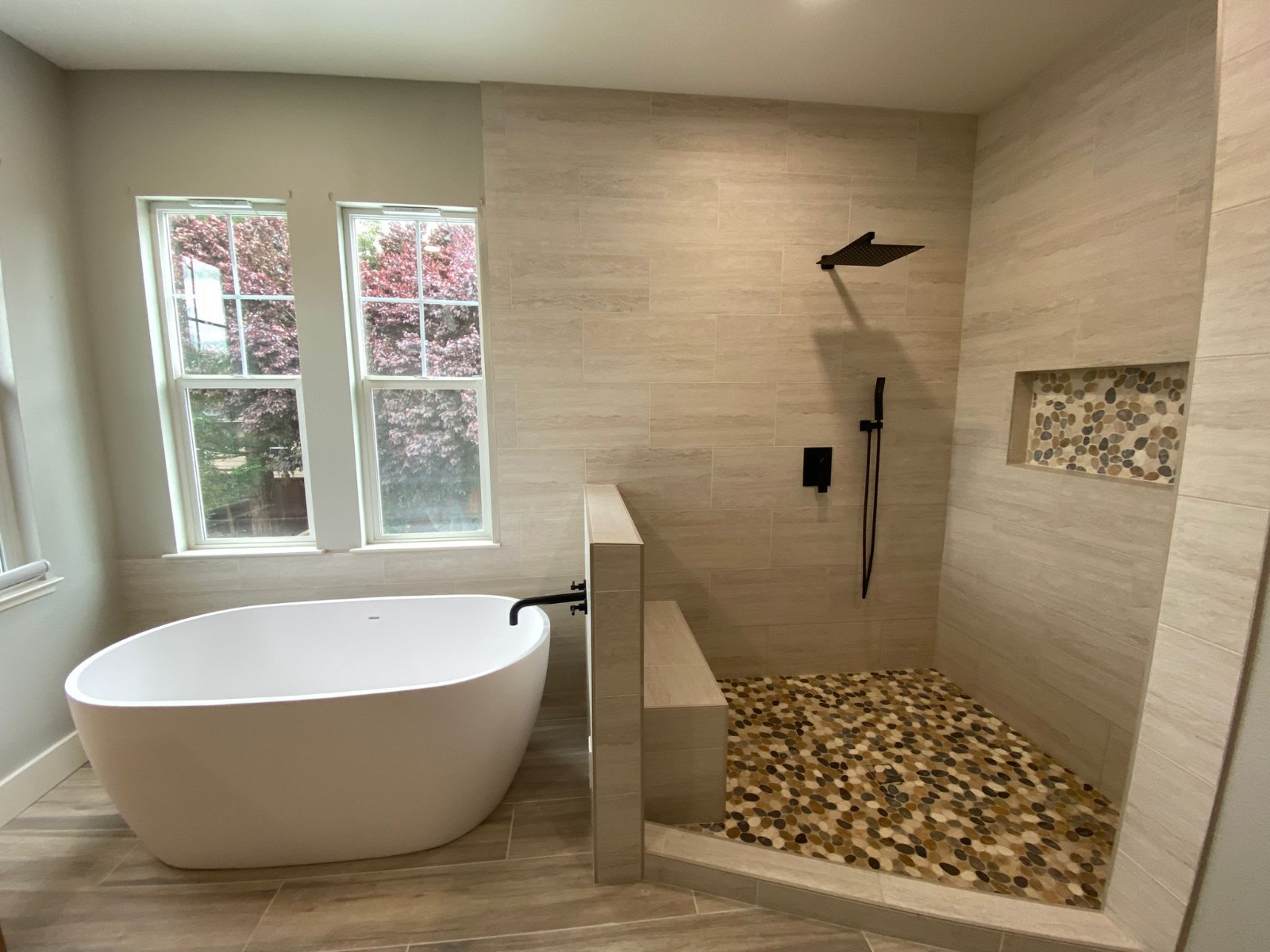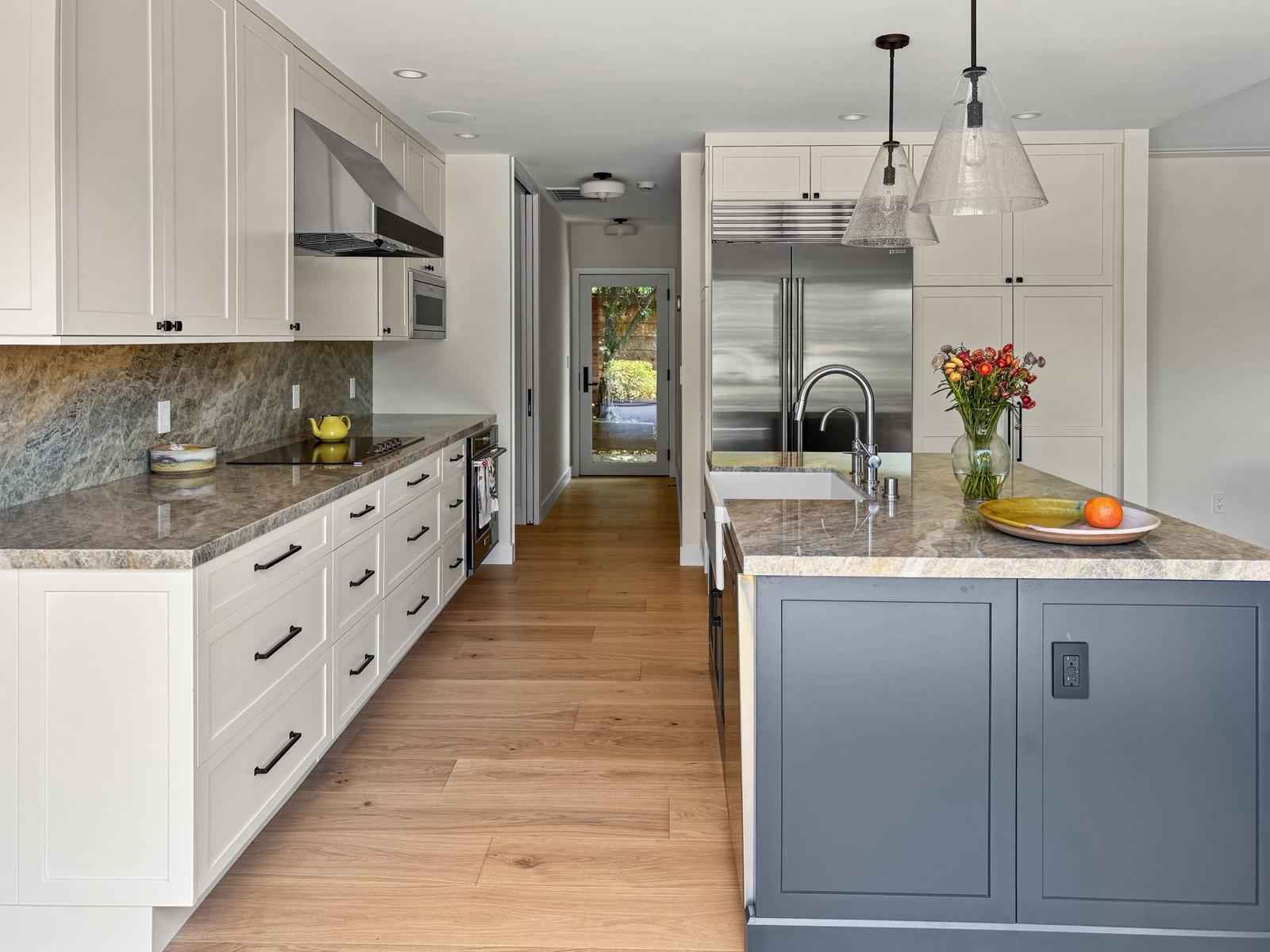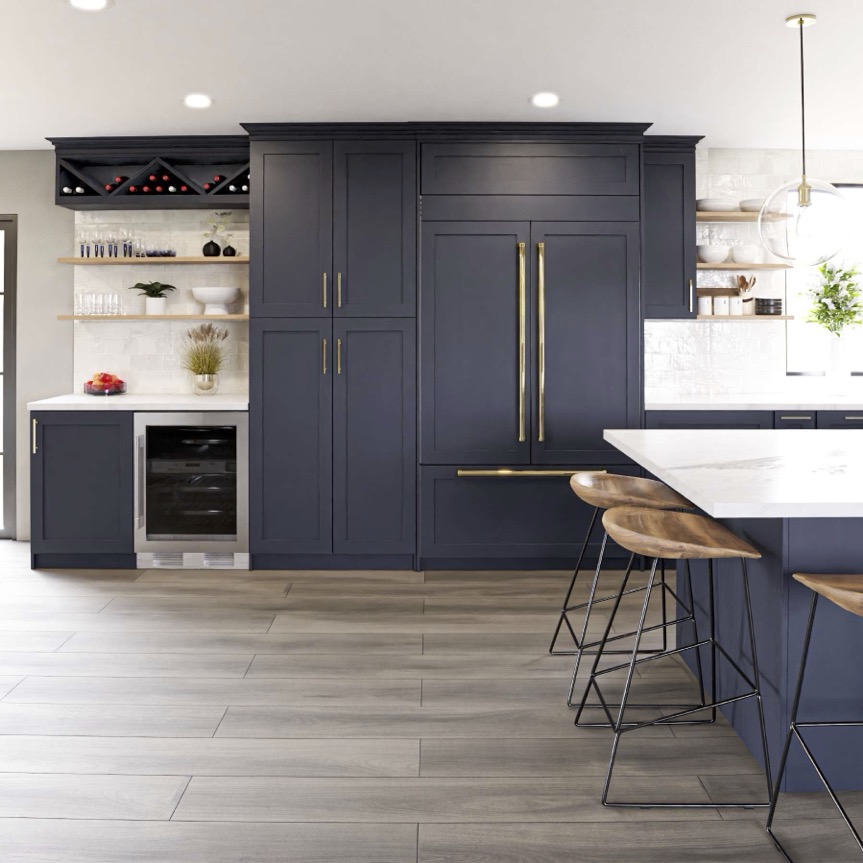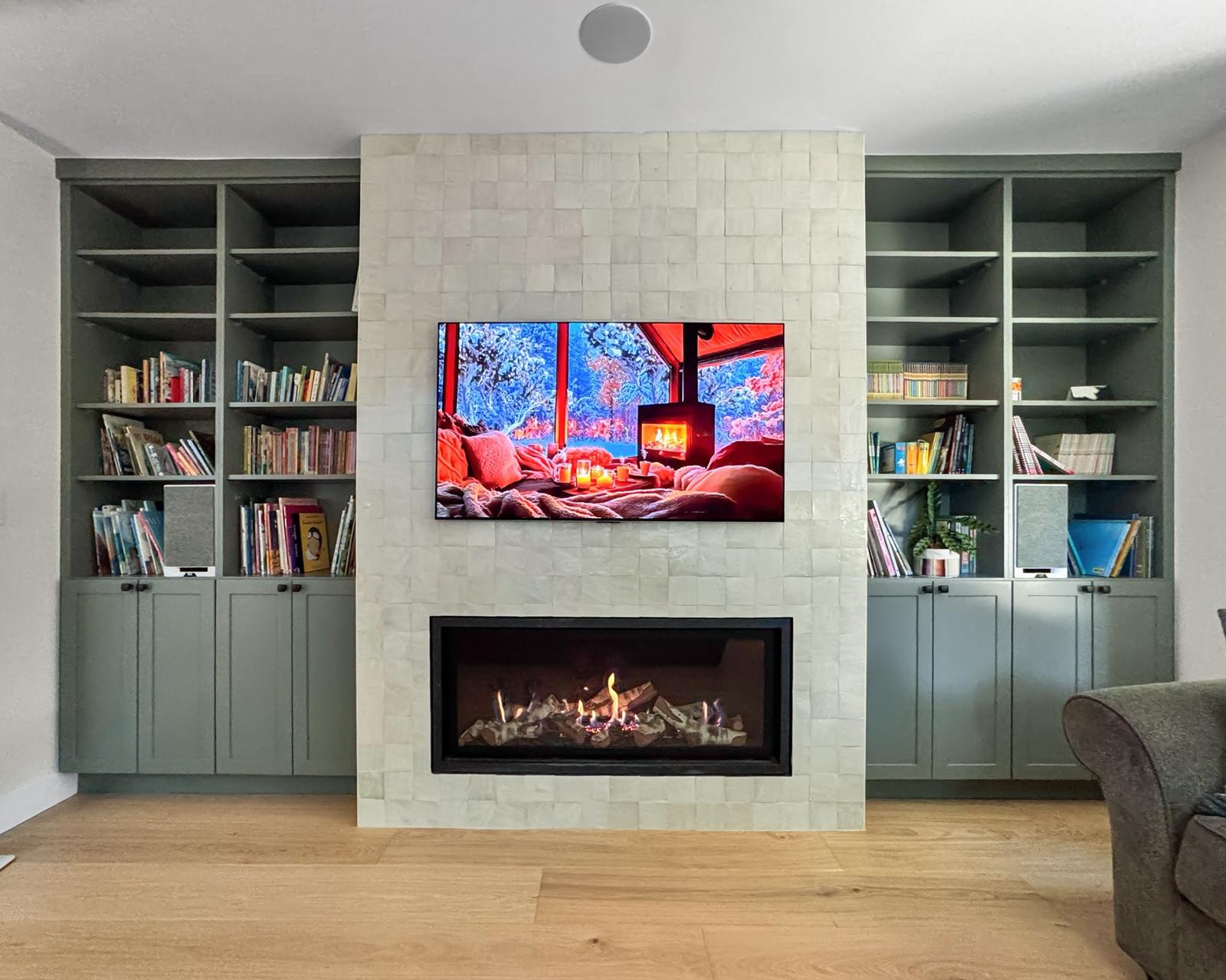There’s something incredibly special about living in an older Bay Area home. The character, the craftsmanship, and the romantic architecture. But with age comes wear, inefficiency, and design challenges that leave homeowners wondering where to begin. Should you preserve that charming original woodwork? Replace the outdated wiring and plumbing? Or take the opportunity to completely redesign the space for modern living?
Remodeling an old house is a balancing act between honoring the home’s history and making it functional, comfortable, and efficient for today’s lifestyle.
In this guide, we’ll explore how to decide when to restore, replace, or redesign key elements of your home, and what every Bay Area homeowner should consider before starting their next remodeling project.
Understanding What You’re Working With
Before you can decide whether to restore, replace, or redesign, you need to understand your home’s bones. Every older Bay Area house tells a different story, and when you’re remodeling an old house, that story often includes a mix of surprises.
A professional assessment can reveal more than meets the eye. You might find original redwood framing in excellent shape, or discover knob-and-tube wiring that needs immediate replacement. Knowing which systems and materials are sound, and which ones aren’t, helps you make informed choices that protect both your investment and your safety.
Areas to evaluate early in your planning:
- Foundation and structure: Look for cracks, uneven floors, or past repairs. These determine how much you can safely change.
- Electrical and plumbing: Outdated systems are common in older homes. Modern upgrades improve safety, reliability, and energy efficiency.
- Insulation and windows: Many Bay Area homes lose significant heat through thin walls and single-pane glass. Upgrading here can reduce your energy bills year-round.
- Layout and flow: Homes built decades ago often reflect a lifestyle that doesn’t match today’s needs. Consider how your family actually lives — and where better flow could make daily life easier.
Knowing When to Restore
Restoration makes sense when the existing materials and design still have integrity and value. Original hardwood floors, handcrafted built-ins, and vintage tilework can often be refinished rather than replaced. These details give your home a sense of place that can’t be replicated with new materials.
However, restoration often requires sourcing period-appropriate materials or skilled craftspeople familiar with traditional techniques. If preserving history matters to you, restoration can be deeply rewarding: just be prepared for the process to take time and sometimes cost more than you expect.
When to Replace
Some parts of an older home simply reach the end of their lifespan. Wiring from the 1950s, corroded plumbing, and drafty single-pane windows are inconvenient and sometimes even unsafe. When you’re remodeling an old house, replacing these systems may not be as visually exciting as installing new cabinets or flooring, but it’s often the smartest investment you can make.
Replacement also offers the chance to integrate modern materials that perform better and require less maintenance. Energy-efficient windows, durable siding, and low-flow plumbing fixtures all reduce your home’s environmental footprint while improving convenience
A good rule of thumb: if something is hidden behind walls or under floors, replace it while those areas are already open. It’s far more cost-effective to upgrade during a remodel than to tear things out later.
Common upgrades that make a big difference:
- Electrical systems: New wiring and breaker panels improve safety and allow for modern appliances, EV chargers, and solar integration.
- Plumbing: Replacing galvanized pipes with copper or PEX prevents leaks and improves water quality.
- Windows and doors: Modern options improve insulation and reduce outside noise — an especially big benefit for homes near busy Bay Area streets.
- Roofing and insulation: Upgrading here helps your home stay cooler in summer and warmer in winter, often lowering energy costs.
Replacing isn’t about eliminating character. It’s about building a stronger foundation for the features you want to preserve.
When to Redesign
Sometimes, even after thoughtful repairs and upgrades, the layout still doesn’t work. Maybe your kitchen is cut off from the rest of the house, or a small, awkward bathroom keeps daily routines from flowing smoothly. For many homeowners remodeling an old house, this is when redesign becomes the best path forward.
Redesigning allows you to respect the spirit of your home while adapting it to modern life. You can open up cramped spaces, bring in natural light, and create connections between rooms that make the home feel larger and more functional.
Signs your home may benefit from a redesign:
- You’re living around the layout instead of within it.
- The flow between spaces feels disjointed or inefficient.
- Natural light is limited because of small windows or compartmentalized rooms.
- Key spaces (like kitchens or bathrooms) no longer fit your needs or style.
Working with a design-build team ensures that structural, aesthetic, and practical elements are all considered together. Homeowners can have the best of both worlds, achieving harmony between the older features of their home and the new ones.
A Word About Asbestos and Other Hidden Hazards
When remodeling an old house, it’s important to know what you’re dealing with. Many Bay Area homes built before the 1980s contain materials that were common at the time but are now known to pose health risks. Asbestos, lead paint, and certain types of old insulation can all be found in older properties. These materials often remain harmless if left undisturbed, but remodeling can release them into the air, which is why professional testing and abatement are so important.
Before tearing into walls, ceilings, or old flooring, have a licensed inspector assess your home for potential hazards. If asbestos or lead is present, certified removal specialists can handle it safely and ensure your remodel meets all state and local regulations.
Dealing with these issues early keeps your project on schedule, protects your family’s health, and prevents costly surprises once work begins.
Bringing New Life to an Old Bay Area Home
Remodeling an old house isn’t just about repairs or upgrades. It’s about understanding the story behind every detail and deciding how that story continues. With the right planning, the charm and craftsmanship that first drew you to your home can coexist beautifully with modern comfort and efficiency.
At Green Group Remodeling, we specialize in helping Bay Area homeowners strike that balance. Our team approaches every project with care, respecting what makes each home unique while reimagining it for the way you live today. Whether you’re considering a careful restoration, strategic replacement, or a full redesign, we’ll guide you through each step with expertise and transparency.
Ready to start remodeling an old house in the Bay Area?
Contact Green Group Remodeling to schedule a consultation and discover how your home can evolve, without losing the character that makes it yours.


